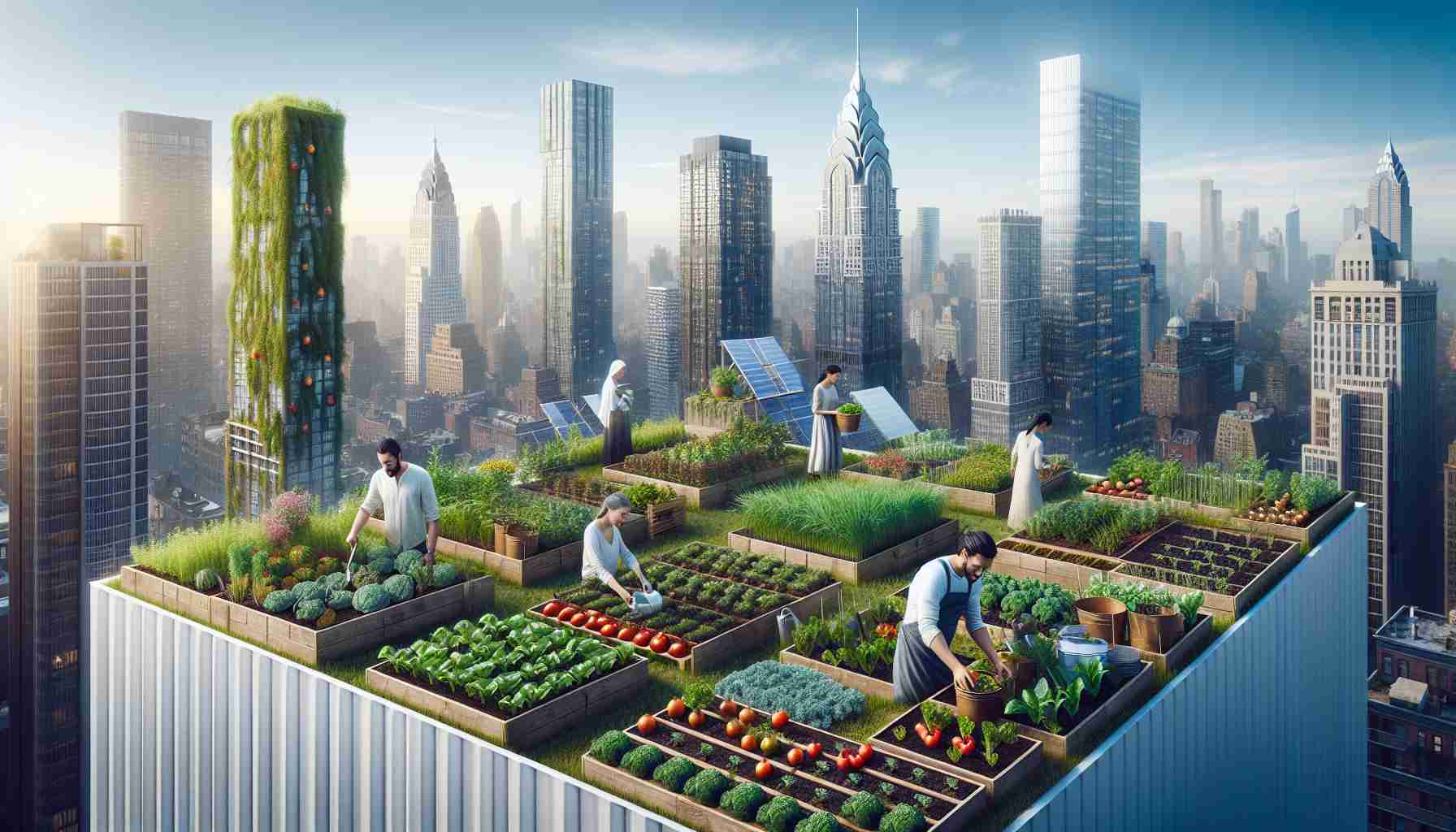In cities around the world, the practice of urban agriculture is gaining momentum as residents look to make the most of limited green spaces. This trend involves the cultivation of food within urban settings, enabling locals to grow their own produce right outside their homes. From rooftops and balconies to vacant lots, urban gardens are sprouting up, encouraging community engagement and sustainability.
The benefits of urban farming extend beyond just fresh food availability. Communities are experiencing enhanced social interactions as neighbors collaborate on gardening projects, fostering stronger bonds. Additionally, these green spaces contribute to improved air quality and biodiversity in bustling urban environments.
Many city dwellers are also recognizing the environmental impact of reducing food transportation. By growing their vegetables and fruits locally, urban residents minimize their carbon footprint, aligning their lifestyle with eco-friendly principles. Schools and community organizations are increasingly getting involved, educating citizens on the importance of nutrition and sustainable practices.
As local governments begin to support these initiatives through funding and policy changes, the future of urban agriculture looks promising. With an emphasis on food security and resilience, cities are leveraging this movement as a vital strategy for sustainability. Urban agriculture not only addresses the challenges of food deserts but also promotes a lifestyle that values health, community, and environmental stewardship.
Maximizing Urban Life: Tips, Tricks, and Facts for Urban Agriculture Enthusiasts
As urban agriculture continues to thrive in cities around the globe, individuals looking to get involved can benefit from some handy tips, life hacks, and intriguing facts related to this sustainable movement. Whether you’re a seasoned gardener or just getting started, these insights can enhance your urban farming experience.
1. Start Small and Scale Up
If you’re new to urban gardening, begin with a few pots or a small garden bed. Herbs, lettuce, and radishes are great starter crops that don’t require extensive space. As you gain confidence and experience, you can expand your garden sustainably by adding more varieties.
2. Utilize Vertical Space
Many urban dwellers face space constraints. Take advantage of vertical gardening techniques by using wall planters, hanging pots, or trellises. This maximizes your growing area and can create an attractive green feature on your balcony or patio.
3. Build Community Connections
Join local gardening clubs or online forums to connect with fellow urban farmers in your area. Sharing resources, tips, and even leftover seeds can strengthen community ties and enhance your gardening knowledge. Engage in community gardening projects to foster camaraderie and collaboration.
4. Composting Makes a Difference
Start a compost bin to recycle kitchen scraps and yard waste. This not only reduces landfill waste but also enhances your soil quality with rich nutrients. Many cities have composting programs, encouraging residents to reduce waste and garden sustainably.
5. Learn About Companion Planting
Companion planting is an effective technique that involves growing different plants together for mutual benefit. For example, planting basil near tomatoes can improve flavor and deter pests. Research various combinations that work well in urban settings to maximize your garden’s health.
6. Harvest Rainwater
If you have storage space, consider setting up a rain barrel to catch rainwater from your roof. This is an eco-friendly way to water your plants and conserves regular water usage. Many municipalities encourage rainwater harvesting through workshops and information sessions.
Interesting Fact: Urban Agriculture’s Impact on Mental Health
Research has shown that engaging in gardening can improve mental well-being. The act of nurturing plants, spending time outdoors, and connecting with nature can reduce stress and promote happiness.
7. Explore Local Resources
Many cities offer workshops on urban farming, sustainable practices, and nutrition. Check with local universities, community centers, or non-profit organizations for programs that can expand your knowledge and practical skills in urban agriculture.
8. Experiment with Container Gardening
If you lack land, container gardening can be your best friend. Choose pots that suit your style and conduct experiments with different plant sizes and types. Each season, you can try new crops and have fun learning what works best in your urban environment.
9. Stay Informed About Local Policies
Stay up to date with your city’s regulations on urban farming. Many local governments are beginning to support these initiatives, providing resources and funding. Being informed can help you take full advantage of available opportunities.
10. Share Your Harvest
If you have a bountiful harvest, consider sharing with neighbors or donating surplus produce to local food banks. This not only reduces waste but strengthens community bonds through acts of kindness.
To learn more about urban farming and sustainable practices, visit Urban Farm for resources, tips, and guidance. By leveraging these tips and embracing urban agriculture, you can contribute to a more sustainable, healthier city while enjoying the fruits of your labor. Happy gardening!






















